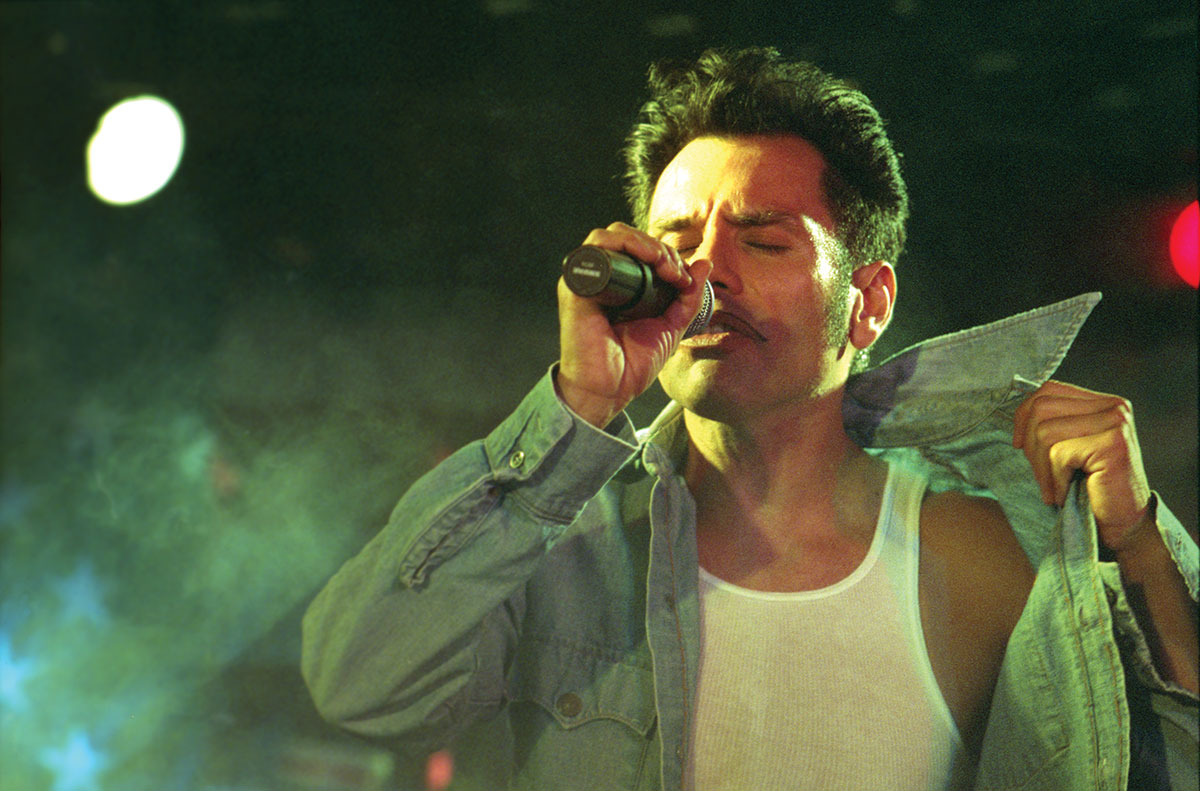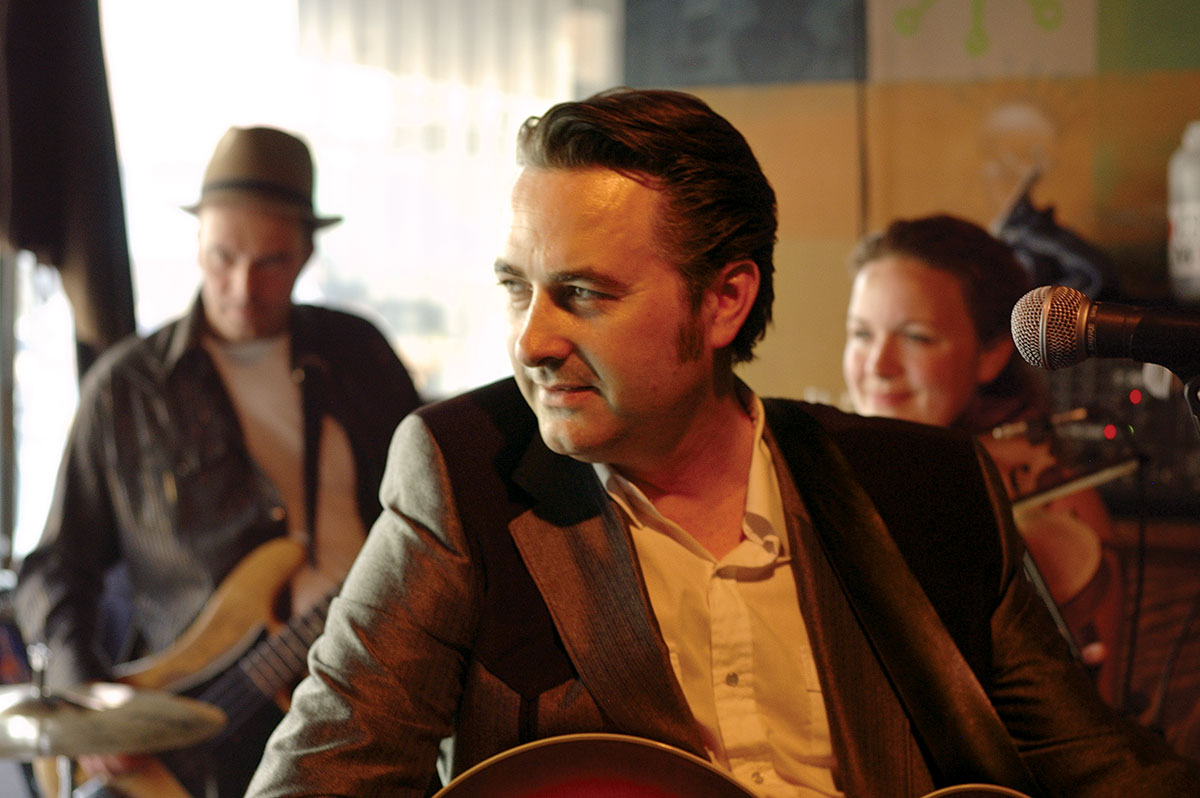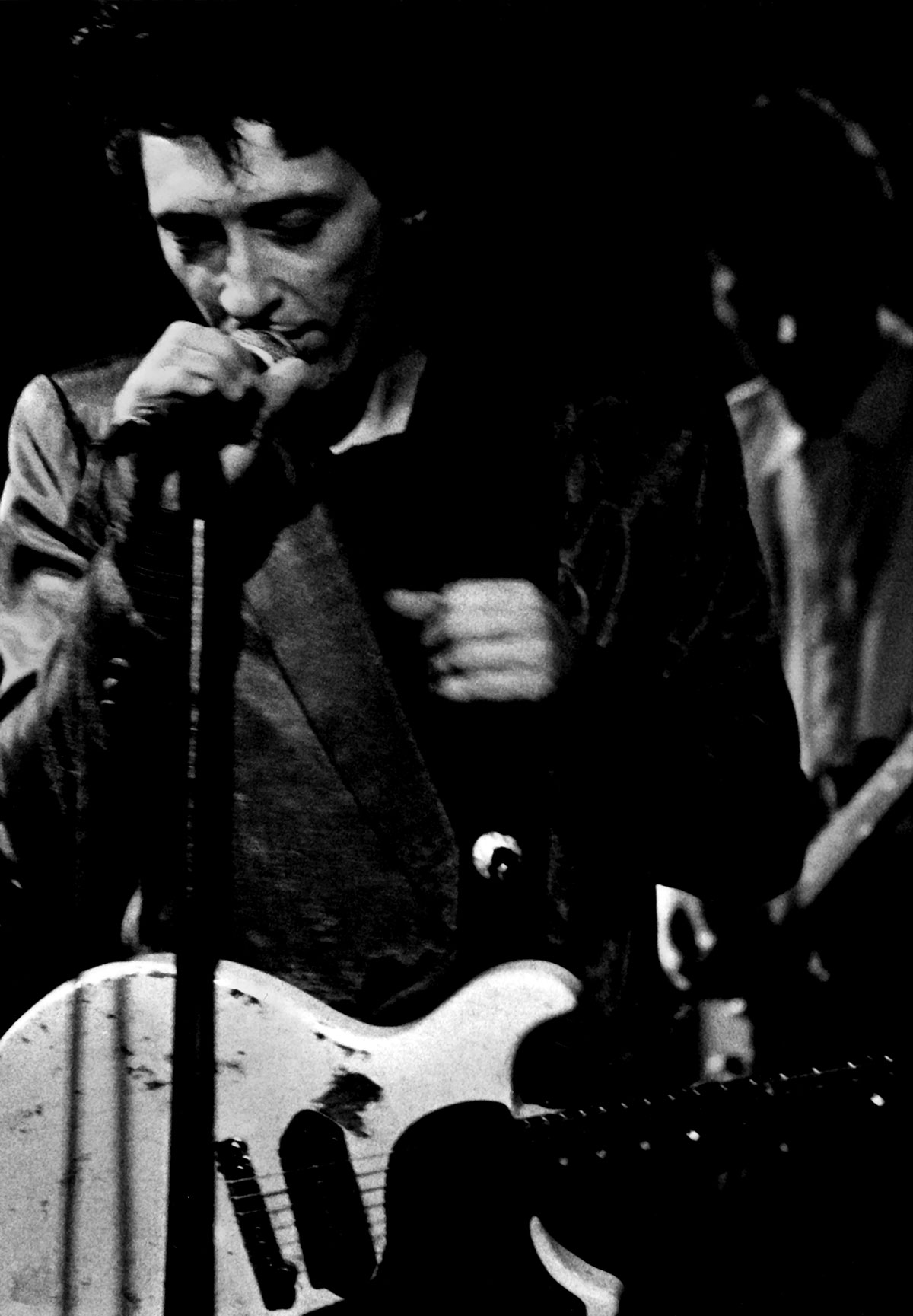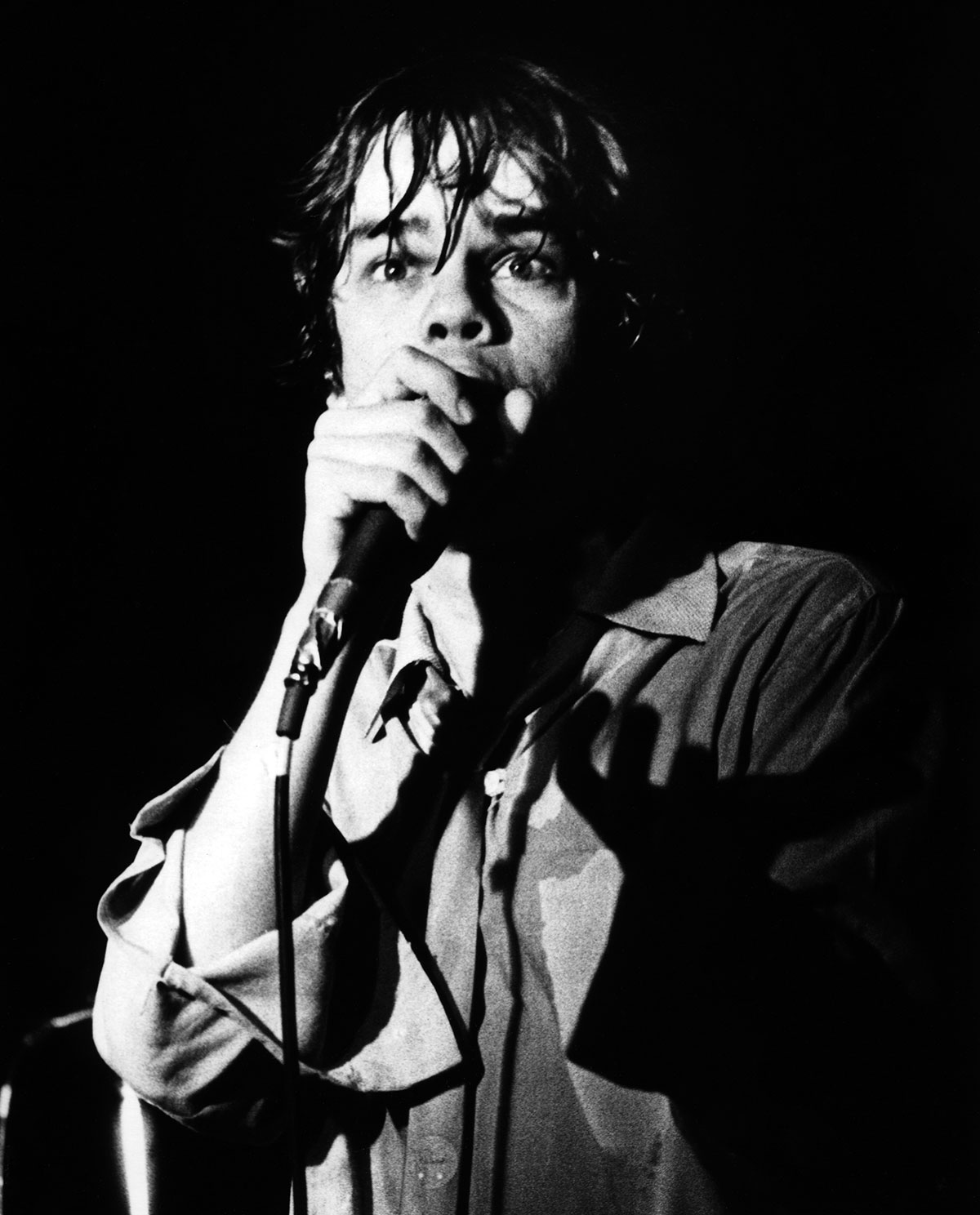
It was probably the New York Dolls who did it. Or maybe it was the Ramones. Or Patti Smith. Whoever it was, somebody inspired Jack Martin to start taking pictures.
His first camera—purchased with his brother in 1975, when the latter was attending Ryerson University and couldn’t afford the full cost himself—closely coincided with the original wave of New York punk acts making their way to Toronto’s club scene.
“There were no hassles back then,” says Martin. “There weren’t that many people with cameras, either. I remember being at the Clash and having a zoom and people were like, ‘Wow, must be a professional.’ And in contrast to things later on, the bouncer was actually clearing space for me.”
The casualness of the punk era was perfectly suited to an amateur shutterbug who did his thing simply because, as he puts it, “I liked the band.” In the decades that followed, it wouldn’t always be so easy.
“There was a period when the performers themselves—or the people working for them, their media people—got really paranoid about people taking pictures,” says Martin. “I find it ironic now when you get stopped because the bouncer says, ‘You can’t take that in, it looks like a professional camera.’ Then you go in and everyone’s got their little digicams, and they’re actually shooting video, which I’m not. Why are you worried about me, people? I remember going to the New York Dolls at the Phoenix [in 2005], and I was hassled by the bouncer. I thought, I don’t think the New York Dolls have any objection to any publicity they’re gonna get anywhere.”
Yet Martin, who switched from traditional film to digital photography in 2005, has somehow managed to shoot most of what he’s wanted to shoot over the years. In so doing, this refugee-lawyer-by-day gradually amassed one of the city’s unique and least-seen collections of concert photography. The Ramones, Johnny Thunders, El Vez, Jon Spencer, the Mekons, the Sadies, Lou Reed—all photographed in ways that reveal the artists’ vitality and spontaneity as performers. “I’m trying to capture something on the edge,” says Martin. “I try to get something that’s kind of gritty, as opposed to slick shots.”
When asked to name the most exciting performers he’s seen, Martin ponders what qualities make someone magnetic onstage. “I think people have a tendency to confuse movement and action with excitement,” he says. “The Sadies’ shows are really exciting, but I wouldn’t consider them really active performers. I think that’s also true of Jon Langford in his various incarnations. And I’ve enjoyed the Rizdales, going to see their shows and capturing them at different venues.”
Inevitably, mistakes do happen. “I saw Bruce Springsteen at Seneca College, and that’s where I learned about film exposure the hard way,” Martin says. “Clarence Clemons’ white suit is gonna make everything else really dark unless you compensate. And I shot the Mekons at Lee’s Palace with no film in my camera. I blame it on the flu.”
On nights when he’s feeling clearer, Martin is still out at the clubs, adding more shots to his collection. When it is suggested that his habit adds something to the act of gig-going, that having a camera at the ready forces him to be in the moment as fully as the performers onstage, he agrees.
“The problem is it works both ways. I remember a friend of mine who was a photographer but who didn’t take a camera when he went to Europe because he wanted to remember things. Taking photos can take the place of remembering.”





